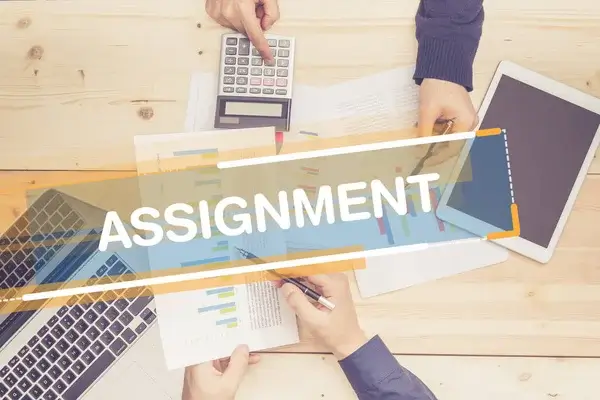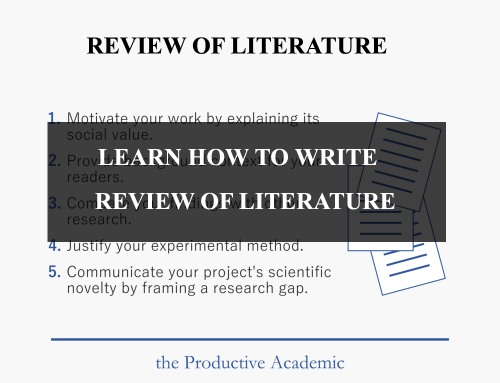Solar energy technology has been rapidly advancing in recent years as an important renewable energy solution. Designing an effective student assignment on this topic takes careful planning to make it engaging, informative, and aligned to learning outcomes. This article provides helpful guidance for educators developing assignments to teach the next generation about solar energy.
Financial Model of a Solar Plant
The financial viability of solar energy projects relies on factors like installation costs, electricity rates, government incentives, financing options, and more. An assignment could have students research and analyze the business case for a hypothetical utility-scale solar photovoltaic plant.
They would model expected construction expenses, revenue over time from power purchase agreements, how policies like tax credits improve profitability, financing methods like debt/equity combinations, and calculate ROI metrics. This develops quantitative literacy and systems thinking skills while grounding solar technology curriculum in real-world economic constraints and opportunities.
Creative Options for High Student Engagement
Student motivation plays a huge role in assignment effectiveness. Solar energy lends itself well to hands-on lab experiments, interactive case study analysis, and projects tapping into students’ creativity. For example, pairs of students could be challenged to design their own model solar-powered device like an emergency phone charger.
They would apply learning about panel types, batteries, charge controllers, and voltage requirements to engineer an efficient essential tool. This makes abstract concepts tangible while building teamwork, problem solving, and communication abilities. These types of creative applications, along with flexible choices in assignment topics and formats catered to diverse interests and strengths, drive student excitement and pride in their work.
## Scaffolding Complex Concepts and Tasks
The specialized vocabulary and technical concepts in solar may overwhelm some students without adequate support structures. Educators can promote accessibility and confidence for all learners by thoughtfully scaffolding instruction and assignments. Using flipped classroom video lectures to introduce new material, providing study guides and graphic organizers, building in peer mentoring, chunking projects into gradually advancing milestones.,
By incorporating reflective progress checks all help students grasp complex ideas at their own pace. For example, before jumping straight into calculations of photovoltaic system production, pre-assignment reading and group discussion activities allow students to orient themselves on qualitative aspects first. This cultivates the layered knowledge foundation necessary for then quantitatively analyzing factors affecting power output like panel efficiency, orientation, shading, and climate conditions.
Real-World Connections Through Case Studies
Grounding solar technology learning in the real world makes comprehension more concrete too. Students should understand this field as an ecosystem encompassing environmental impacts, policy and economics, integration innovations, diverse careers, emerging startups, and more. Analyzing real company or community case studies through assignments brings these connections to light.
For instance, a case could showcase how a solar farm company navigates economic variables, environmental impact assessments, grid bidirectional inverter technology, and regulatory policy processes to establish a new local generation facility. Working through pragmatic scenarios provides relevance to students’ classroom efforts, preparing them to evaluate tradeoffs and apply knowledge as future energy decision makers.
Assessing Student Learning
Well-designed rubrics, exams, presentations, and other assessment tools ensure students have achieved key learning objectives. Educators could have students demonstrate solar technology competencies by assessing system payback periods, critiquing a project proposal, troubleshooting installation issues, or modeling the grid impacts of increased photovoltaic penetration. Checking forgaps through varied assessments after thoughtful assignment design and delivery fosters retention and transferable understanding.
Assignments are fundamental tools for actualized learning. Solar energy is both immensely significant and readily engaging for students, but also highly complex. By differentiating instruction, tapping into student creativity, scaffolding incrementally, and highlighting real-world connections, educators can craft solar technology assignments that meet course goals while captivating learner passions.






Leave A Comment